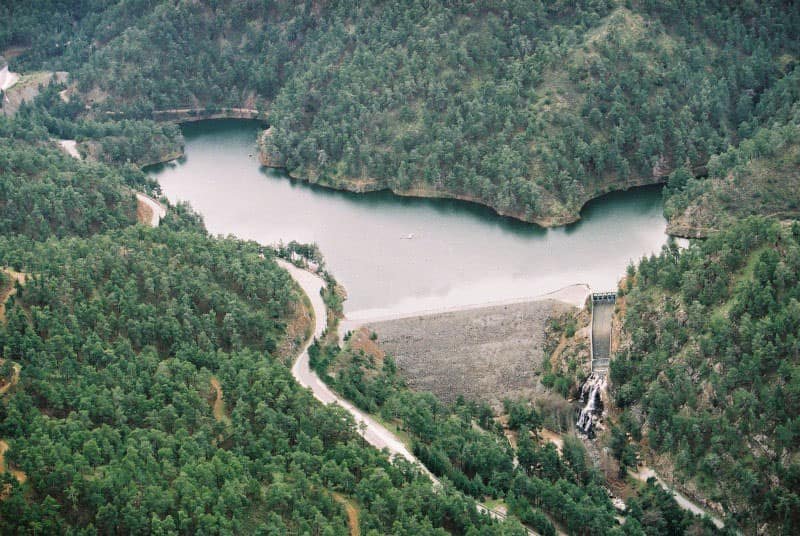Concerns were raised on Tuesday about the state of the island’s dams and reservoirs, but the agriculture ministry said the situation is under control.
The state of ten ageing dams is being assessed by the water development board, daily Phileleftheros said, adding that if no action is taken destruction of property and even loss of life could be the result.
It reported that these dams are either built near residential areas, suffer from mechanical problems, or play a major role in the country’s economy.
The dams tagged as high-risk due to their proximity to residential areas were listed as Polemidia (near Limassol), Tamasos (near Nicosia), Xyliatos and Evretou. Meanwhile, Germasogeia, Lefkara, Dipotamos and Kalavasos are beset with serious mechanical problems, according to the daily.
Any failure of the Kouris and Asprokremmos dams, the two largest in Cyprus, could have massive economic repercussions, it added.
Permanent secretary at the agriculture ministry Andreas Gregoriou told CyBC that the authorities are aware of the situation and regular maintenance is underway to prevent any critical failures.
“We are more concerned about the low levels of water this year,” the official said.
There is no danger and the competent services are proactive in their maintenance works, he added.
Among the dams being assessed that in Polemidia, one of the oldest in Cyprus which was built in 1965 with a capacity of 3,864,000 cubic metres. The dam’s electromechanical equipment is worn out, a matter considered very serious since it cannot be emptied in an emergency.
Moreover, legal or illegal installations on the riverbed have impeded the dam’s utility as a flood control mechanism, and the release of its overspill. It has been proposed to install a system of tilting gates to temporarily hold back a certain quantity of flood water, if needed.
Tamasos dam, built in 2002 with a capacity for 2,800,000m³ ranks high on the risk list due to being above the city of Nicosia. Part of the spillway is built on clay soil which is unstable.
The Xyliatos dam, built in 1982 with a current capacity of 1,430,000m³ has recorded significant water losses from the walls of its discharge/intake tunnel. A key problem concerns the inoperability of its hydraulic discharge system.
Evretou dam, built in 1986 with a capacity of 25,000,000m³, is the main storage body of the Chrysochou region. Surface landslides occurred upstream from the reservoir in 1987 and 1988, after its water level was raised, a matter of concern.
Yermasoyia dam, built in 1968 with a capacity of 13,600,000m³, is located upstream from residential areas and the Nicosia-Limassol highway. As in the case of the Polemidia dam, it was supposed to offer partial flood protection but constructions on the riverbed have hampered this capacity.
Dams in Lefkara and Dipotamos face issues with lack of maintenance and operation of electromechanical equipment.
Although they are to be monitored, the two largest dams on the island do not appear to have significant flaws.
The largest of these, Kouris dam, was built in 1988 with a capacity of 115,000,000m³ about one third of the total capacity of all the island’s water storage bodies. The dam overflowed for the first time in 2004, after which waterproofing works (cement injections) were carried out and considered to be effective.
Asprokremmos, with 51,000,000m³ capacity and built in 1982, is the second largest on the island, and the main source of water supply for Paphos.







Click here to change your cookie preferences